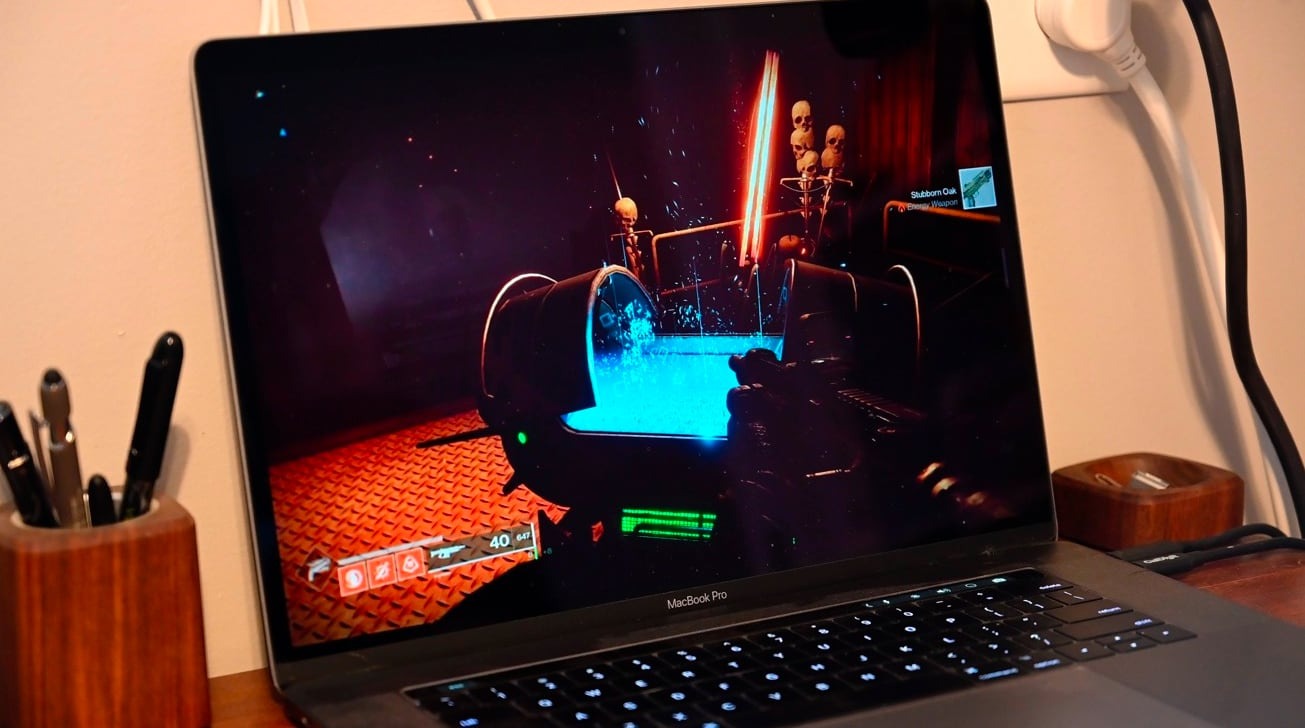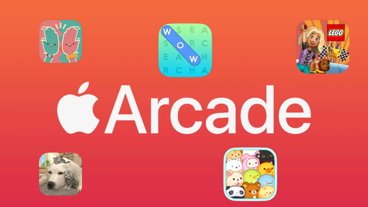Nvidia's GeForce Now has been updated to work with Apple Silicon Macs, allowing gamers on both Intel and M1-based models to use the game-streaming service.
GeForce Now allows Mac and MacBook users to play games made for Windows without requiring hardware upgrades or using Boot Camp, by rendering gameplay on cloud servers and streaming the video directly to the user's computer. It has supported Macs for quite a while, but in the service's latest update, it has enhanced support for Apple's newest Macs.
The release notes for GeForce Now 2.0.27 cover a number of support changes, chiefly adding beta support for Google Chrome, to enable gaming from an account without installing any dedicated apps.
One change spotted by XDA-Developers relates to the GeForce Now client's support in macOS. In the update, Nvidia has extended support to make the client work on Macs with Apple Silicon, using the M1 system-on-chip.
This means users with a new Mac mini, 13-inch MacBook Pro, or MacBook Air that uses the M1 can install and run the client in the same way as Intel Mac users, and without needing to use a browser for access. Previously it was possible to play on GeForce Now using the client on an M1 Mac, but it would run through Rosetta 2. Under the latest update, it runs as a native Apple Silicon app.
Nvidia has yet to issue ARM-based versions of the client for Windows 10 on ARM or Linux. The appearance on Apple Silicon may be a first step towards dedicated clients for each of those platforms.
This is not Nvidia's first foray into ARM support for the service. Support for GeForce Now has been available through Safari for iOS and iPadOS since November 2020, with the service bypassing the App Store's restrictions in the process.
 Malcolm Owen
Malcolm Owen








 Mike Wuerthele
Mike Wuerthele
 Marko Zivkovic
Marko Zivkovic



 William Gallagher
William Gallagher
 Amber Neely
Amber Neely
 Sponsored Content
Sponsored Content


-m.jpg)






2 Comments
Anyone interested in GeForce Now (or any of the game streaming services) needs to meet these minimums or the experience will be crappy imo.
1. Good internet - 50mbps at a minimum. Service requires 25mbps, but 50mbps give your network more bandwidth to better deal with congestion.
2. 5ghz wifi & good line-of-sight signal.
There will be many other factors that affect your experience, but a lot of those are out of your control: quality of ISP, crowdedness of the ISP's network (apartment living for example), devices on your connection (bandwidth and signal interference), etc.
Actually I am running the latest version of the GeForce app on an Apple M1 MacBook Air running mac OS Big Sur, and the Finder still reports it as an Intel app. If you read there release notes, there is nothing in there that says that the app runs "natively", it simply states that the app is now supported on M1. So it looks like it is still running through Rosetta 2.